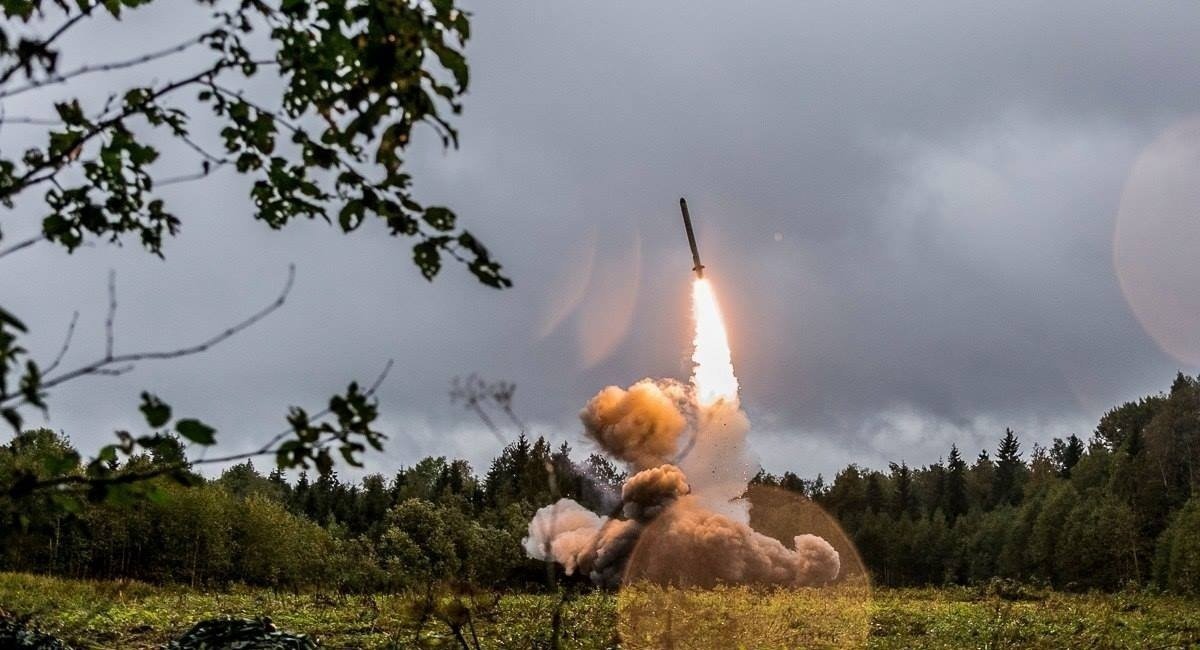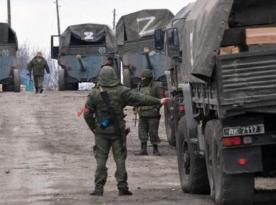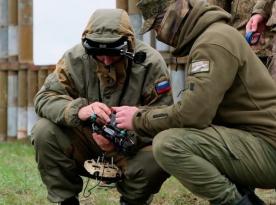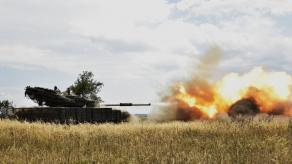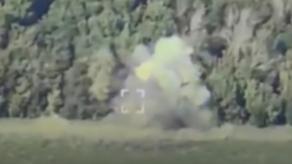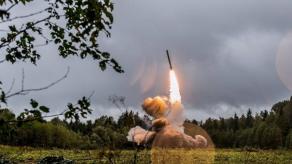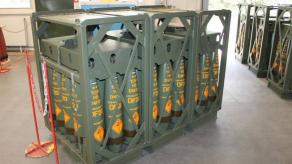CSIS, an American think tank, has published a study on the actual cost of certain Shahed kamikaze drones and missiles used by russia to strike Ukrainian territory.
In describing their methodology, the CSIS authors emphasize that they relied solely on open-source data regarding the intensity and effectiveness of specific air attack methods used by the russian federation, as well as cost estimates for drones and missiles provided by Defense Express and other Ukrainian sources. The overall result of the calculations is shown in the table below.
Read more: Ukraine’s Defense Intelligence Stands Behind Series of Explosions of russian FPV Drone Pilots’ Goggles
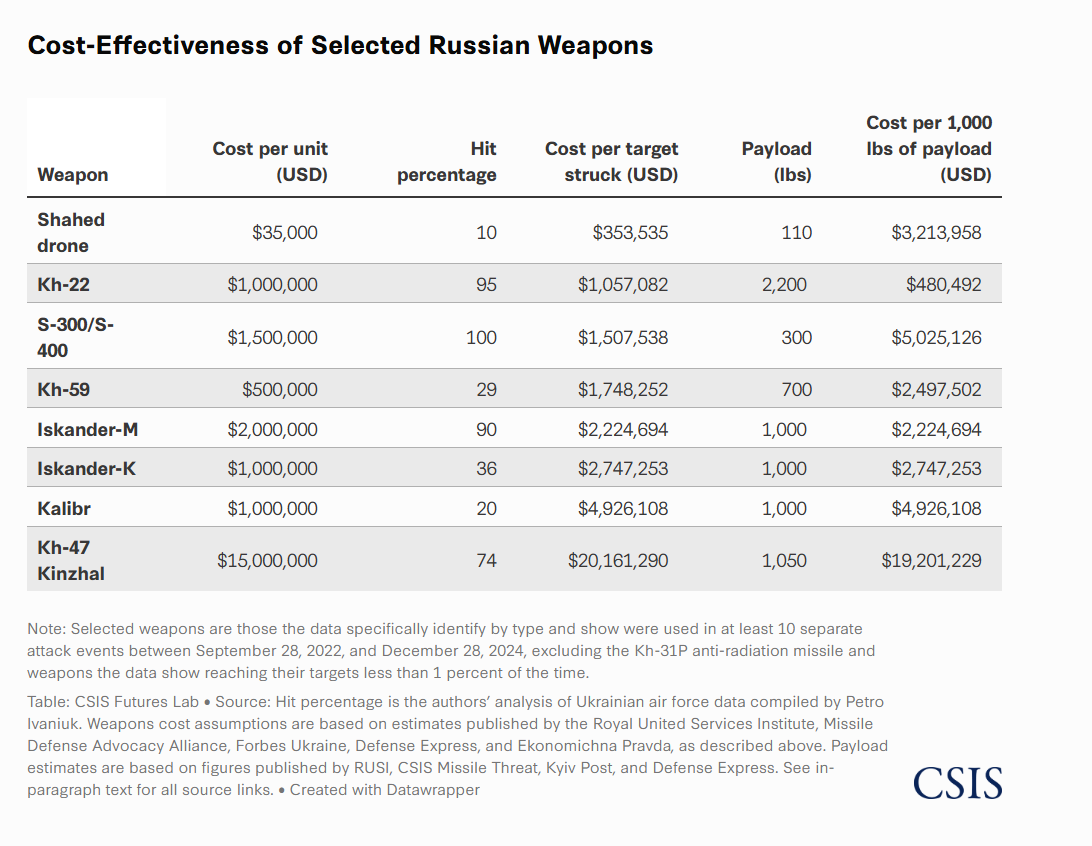
While the first two indicators (cost per unit and hit percentage) seem clear, there are nuances with others.
Thus, the cost per target struck was calculated based on the damage rates of a particular weapon type by Ukrainian air defense, adjusted for the estimated cost.
It should be noted that a pound is 453 grams. This understanding is essential when interpreting the column on payload for Shahed drones and missiles in this table, as well as the column where CSIS authors calculated the economic cost of delivering 1,000 pounds (453 kilograms) of payload to strike Ukraine's infrastructure using various missiles and Shahed drones.
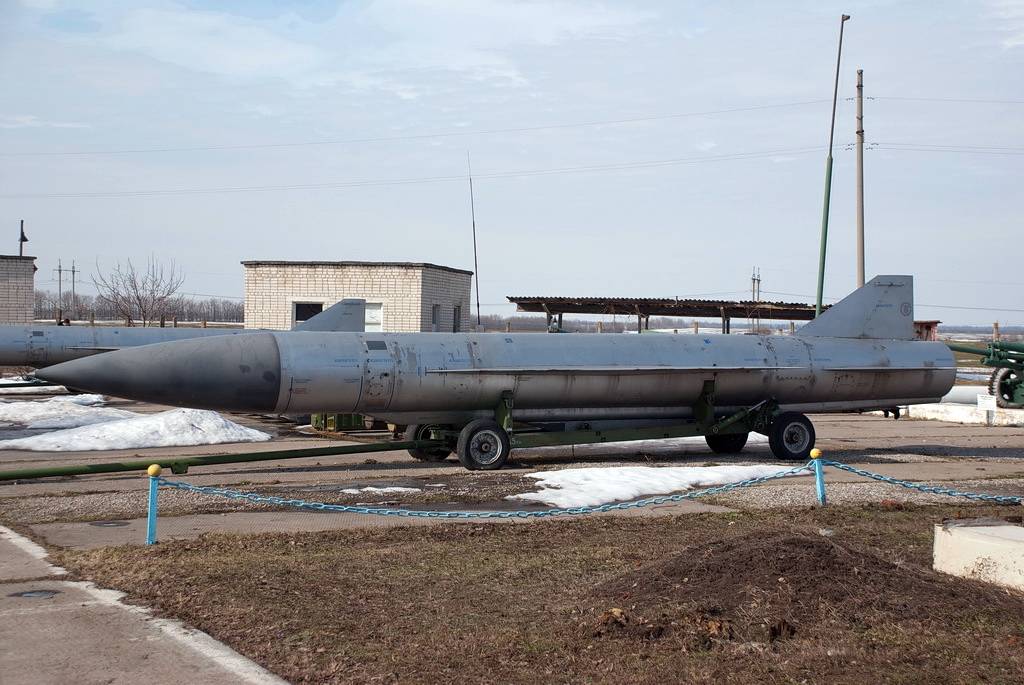
It seems odd that the institution's experts omitted Kh-101 cruise missiles from their calculations, despite their active use by russian strategic aviation to strike Ukraine's infrastructure.
Overall, the calculation results appear paradoxical, as the most cost-effective missile for russia turns out to be the Soviet Kh-22.
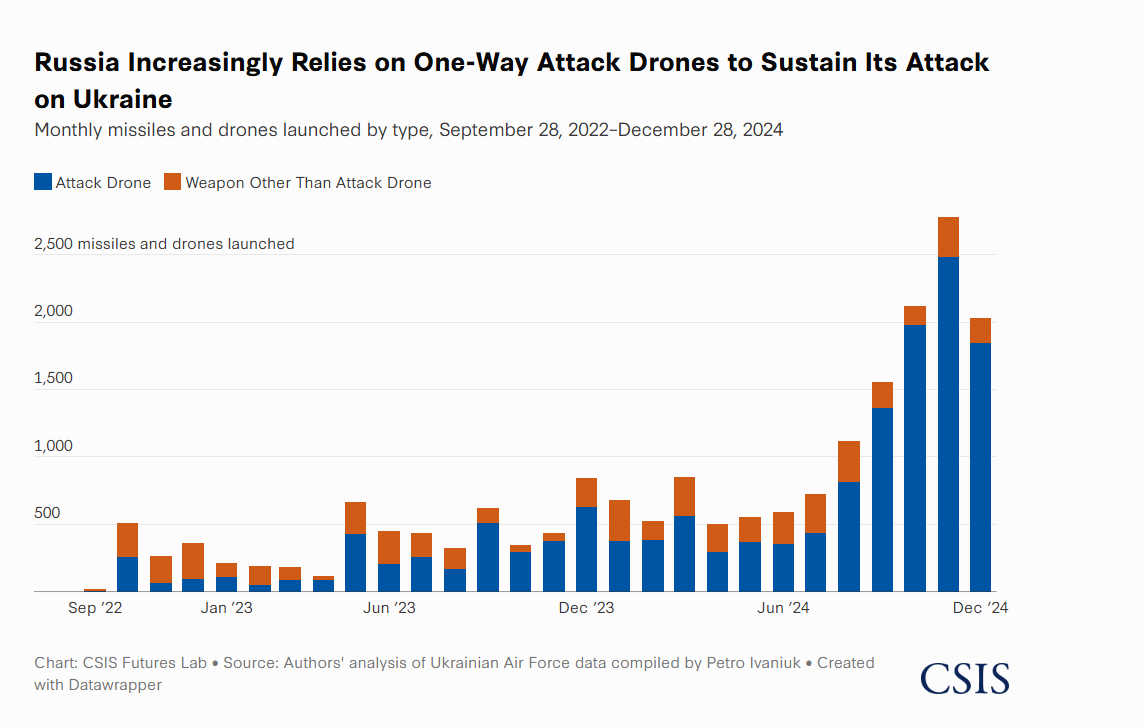
CSIS provides an infographic illustrating the intensity of russia's use of Shahed drones and missiles to strike Ukraine, leading to the following conclusions. All the above figures on the cost of russian airborne threats and their economic efficiency suggest that even at this stage of the war, conducting massive strikes remains cheaper for russia than repelling them is for Ukraine.
The cost of interceptor missiles for the Patriot system is around $4 million per unit, while only the russian Kh-47M2 Kinzhal missile has significantly higher economic indicators. Not to mention the incomparable scale of missile production in russia, which exceeds the known production of missiles for the Patriot systems.
Against this backdrop, CSIS experts emphasize that the solution must lie in a non-linear approach, namely, the creation of advanced air defense systems, primarily to shoot down Shahed drones, which could be produced in "hypermass quantities."
Earlier Defense Express reported that Infozahyst had revealed its newest Arhont system.
Read more: Ukrainian Forces Integrate Drone Capable of Reconnaissance, Electronic Warfare, and Precision Attacks (Video)




